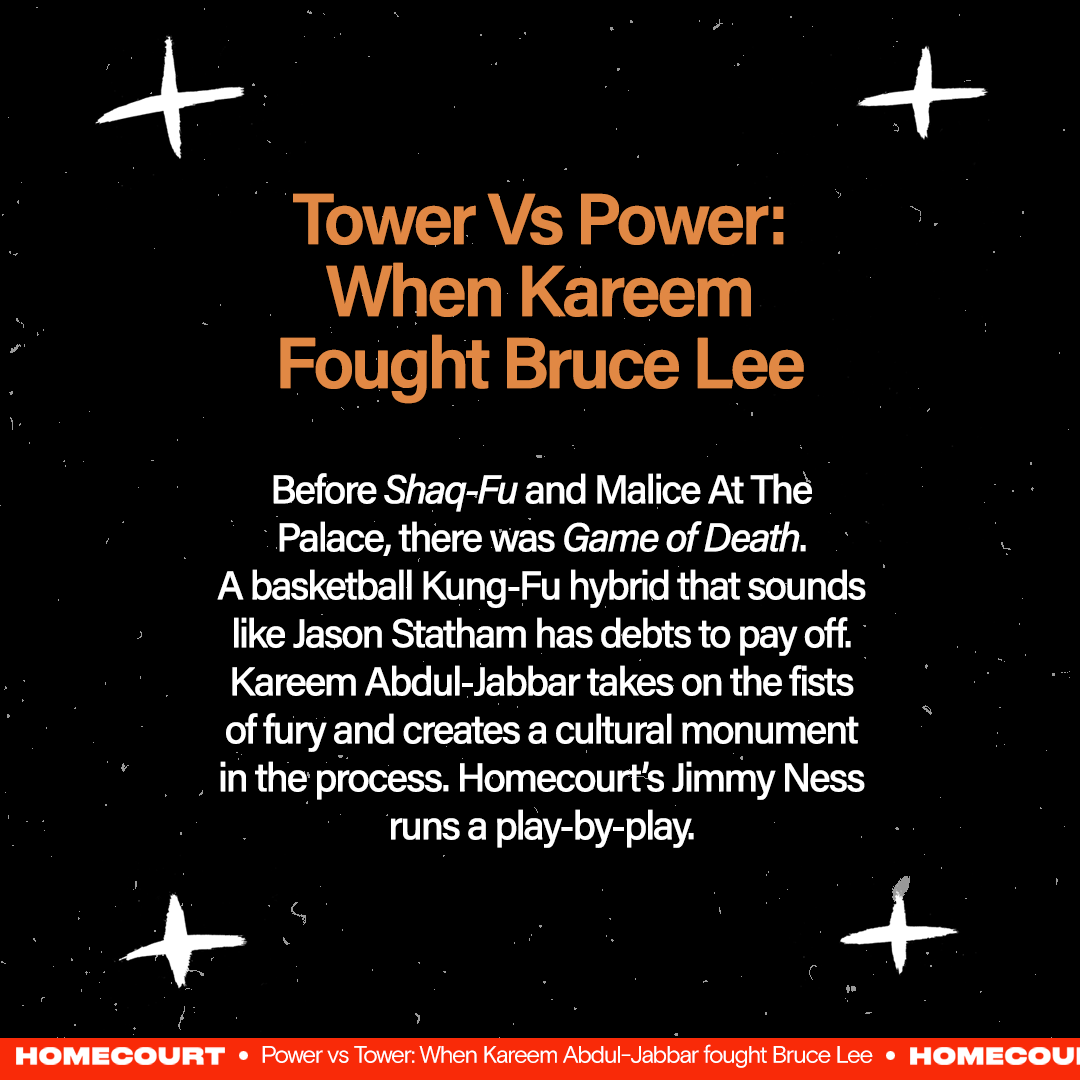The second part of my interview with NBA and celebrity jeweller Jason of BH. In this part, we discussed meeting Michael Jackson and making him custom pendants, Drake's basketball league and Steph Curry dropping his Championship ring. Fun fact: Both of Jason's children's names are Jason.
Jewellery is weighed by carat – it’s also weighted by memory. Take LaMelo’s new chain. Basketball’s most anticipated rookie celebrated draft day with a diamond “number one” necklace. For better or worse, Melo’s purchase is embedded with expectation. The item will represent failed potential or a showy pitstop on the path to glory.
A lifelong hoops fan, Jason relishes these moments. He’s been commemorating player milestones for two decades. In 2016, the NBA asked him to surprise the late Kobe Bryant for his retirement. Jason crafted a set of rings lavish enough to impress someone worth $600 million.
The dazzling gift, also given to Vanessa, is set with five large diamonds – one for each championship. It holds an additional 20 rocks for every year in the league. Both sides contain Kobe’s jersey numbers and key career dates. The ring also contains snakeskin in tribute to his Black Mamba alias.
“It was amazing for me to have the opportunity to do that,” Jason reflects. “And it’s funny because I saw for the first time the video of him getting the ring just two days ago. I guess there is a video that exists out there on YouTube or somewhere that shows him opening the box, getting the ring and seeing his reaction. That was really cool.”
Yes, the footage exists. Kobe seems genuinely taken by the gift. He gasps, and barely sits down before standing to tear the box open. Bryant recites “wow” several times as Lakers owner Jeanie Buss looks on, close to tears.







